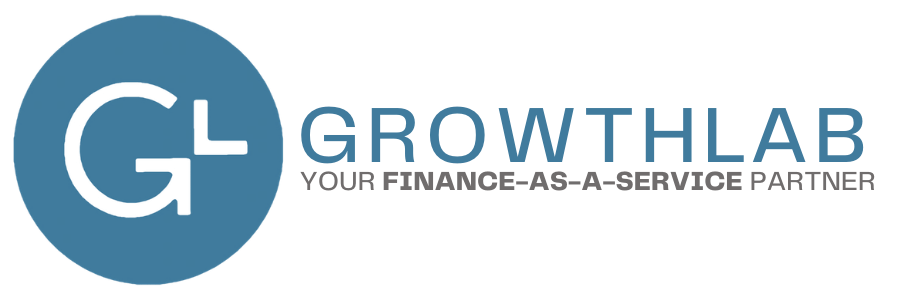Financial Survival Guide
1. Keep an Eagle Eye on Expenses
- Be surgical with expenses. Cut with precision and cut thoughtfully. Don’t make drastic moves. Drastic moves should be done only when we have a fundamental business reason to adjust; even before a drastic cut, re-think the business model. If you are a restaurant, yes, you will need to cut food orders and thin staff, but don’t abandon the lease. Think about what else you can do?
- Segment your Expenses. Segment them into foundational, people, and variable expenses. Use this to help you choose what to cut out with the surgical scalpel..
- Which expenses are foundational to your business? What do you need to spend in order to keep doing what you are doing? What do you need to do to keep providing what you are providing? These are the things you should protect because you need to have them in place when you come out on the flip side.
- Set your people expenses aside, we’ll deal with that in step #3!
- Which expenses are truly variable expenses? What can be done by your team that is currently being done by someone else? What services could be downsized without adirect near-term degradation to your revenue? These are the things you should look to cut first
2. Be Strategic with Revenue & Customers
- Let’s face it, not all customers will look the same in 6 months and you may need to prioritize. To doso, review your customers with a lens to segment them into three categories. This will be based on your understanding of their industry and the context of the economic impact of current happenings. The three categories are: high, medium, and low risk customers.
- High - The high risk customers are those who are, most likely, not going to survive and ultimately pose a credit risk to your company. Keep their receivables on a tight leash or ask for payment up front. You are, ultimately, doing them a favor by not staying blind to their situation and your own situation.
- Medium - Those customers who might need a bit of help from their vendors, but are going to likely survive fall under your medium risk customers. These customers pose some risk, but you are comfortable that the fundamentals of their business will, ultimately, return. For these customers, consider deferring some fees or allowing longer payment terms or even a higher level of credit. Work to keep them as customers and navigate as a strategic partner with them.
- Low – Lastly, the low-risk customers are those who you are confident, are going to survive. These may be the well-funded, early stage ventures or those whose businesses are experiencing an uptick due to the current situation. Focus on keeping their service top notch, unwavering, and constant. Give them no reason to put your expense line on the chopping block.
3. Now Look at your People & Key Vendors
- Make sure your people expenses match with what you need to accomplish in the next 3 to 6 months. Said another way, which people are part of your foundation? For those who are part of the foundation of your business, do everything you can to protect them. If you have just, “nice to have” people or vendors, those are targets for adjusting their engagement.
- For service businesses and emerging growth startups, people costs are typically the largest line item. Downsizing cannot and should not, be taken lightly as it will have a lasting impact on the business. It takes time and real money to attract, train, and retain great talent, so don’t cut lightly.
4. Build a 3-month cash plan
- Now, with the building blocks of thinking and organizing of information that you’ve done, you are going to build a detailed 13 week cash flow plan. What is this and how do you do it? Well, we’ve got a cheat sheet for that here. The summary is that you build a spreadsheet where the columns follow your weeks (#1-13). The first row is starting cash. The last row is ending cash. The middle rows are the detailed cash inflows and outflows. Update it weekly on the same day to retain your focus on keeping the bank balance where it needs to be.
- At this point, cash is king; everything else is secondary. If you can’t meet payroll for your foundational people or you can’t pay key vendors, all the secondary “stuff” doesn’t matter. Thus, cash is king.
5. Build a 3-year plan
- Once you’ve got a few weeks of short-term cash management in place with the 13 week cash flow tool, you have a better sense of the sustainability & liquidity of your business in the new paradigm. You have also, most likely, been thinking about the longer-term and what needs to change to be sustainable in 12 months or 3 years. That’s where you turn to next…putting a plan in place that translates that longer-term thinking into a dollars-and-cents, financial pro-forma.
- You may ask, “Well, what does this do for me when I simply need to get through the next six months?” Good question. What this does for you is that it let’s you, as the business owner, pick your head up for a few moments and look towards the horizon while focusing on seeing the path beyond those six months.
- Thinking three years down the road requires that you are not blind to the impact of the downturn on your business. Not all companies are like Zoom, which is seeing a significant uptick in business from the crisis. Don’t be blind to the risks. Identify the risks and create countermeasures to address them.
- Tactically, what you are doing with your three year plan is that you are answering two key questions:
- Do I see a future for this business beyond the current downturn?
- What capital needs (cash) will the business need to succeed?
- If the answer to the first question is, “Yes,” then you need to answer the second question and identify where the capital is going to come from to sustain the business. Segment your capital providers and focus on the most likely sources which could include:
- Revenue model
- SBA Emergency Funding
- HELOC
- 401k loan
- Current banking relationship
- Equity Capital

